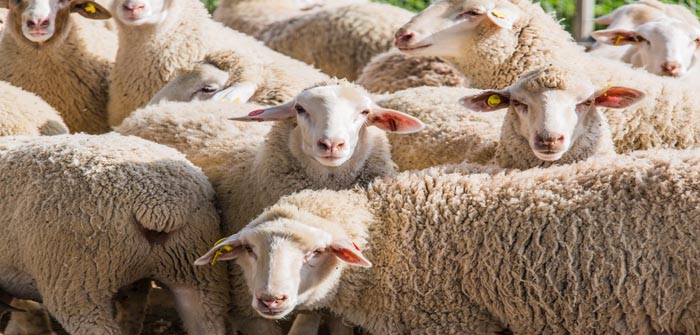Anthelmintic treatment of ewes around lambing time, often with long-acting products, has become common practice on UK sheep farms.
However, new independent UK research carried out over three years by the Animal Plant and Health Agency (AHPA) and funded by the Veterinary Medicines Directorate (VMD) has found no advantage in blanket worming ewes at lambing.
Faecal egg counts from lambs reared on ewes that were wormed with either a short-acting or long-acting wormer were not lower than faecal egg counts taken from lambs reared on ewes not treated with a wormer. The study supports data generated by other researchers suggesting the practice of treating ewes at lambing to reduce contamination on pasture and minimise subsequent disease may not always result in lower levels of infection in lambs.
Jane Learmount, lead research on the project, said: “Over-use of anthelmintics is a major factor in the development of resistance, and treating adult sheep unnecessarily only adds to the problem. We had the opportunity to see if this widely adopted practice of worming ewes at lambing really was beneficial to the lambs by analysing our data from our long-term project involving 16 commercial farms.
“The bottom line is that we could not demonstrate any clear benefit in terms of worm infection levels in lambs as a result of worming ewes on the farms studied.”
This research provides further support for the Sustainable Control of Parasites in Sheep (SCOPS) recommendation to use a targeted approach to the administration of wormers on sheep farms, including leaving the fittest ewes untreated around lambing.
Peter Baber, a sheep farmer and SCOPS Steering Group chairman, added: “With sheep farmers increasingly aware that worm control is no longer as simple as regularly using a wormer (anthelmintic), this is an important finding.
“If you haven’t had resistance to one or more groups detected on your farm, chances are you know somebody who has and who is struggling with the consequences. These days, maintaining control of worms is all about striking a balance that minimises the risk that the worms will become resistant on your farm.”


